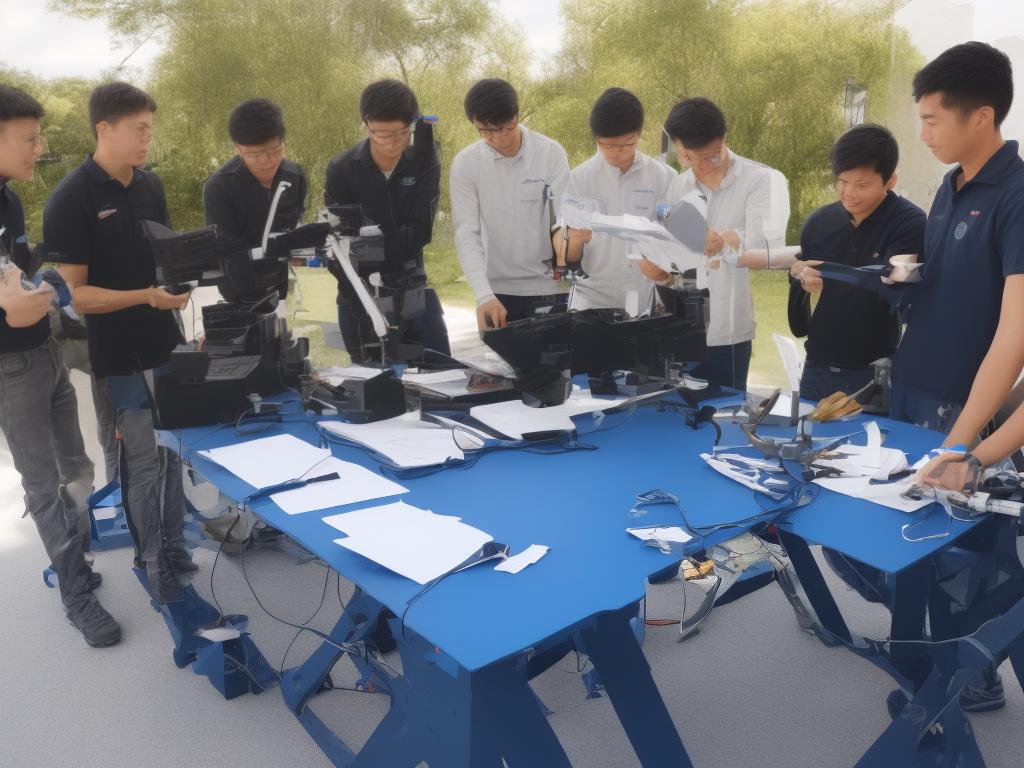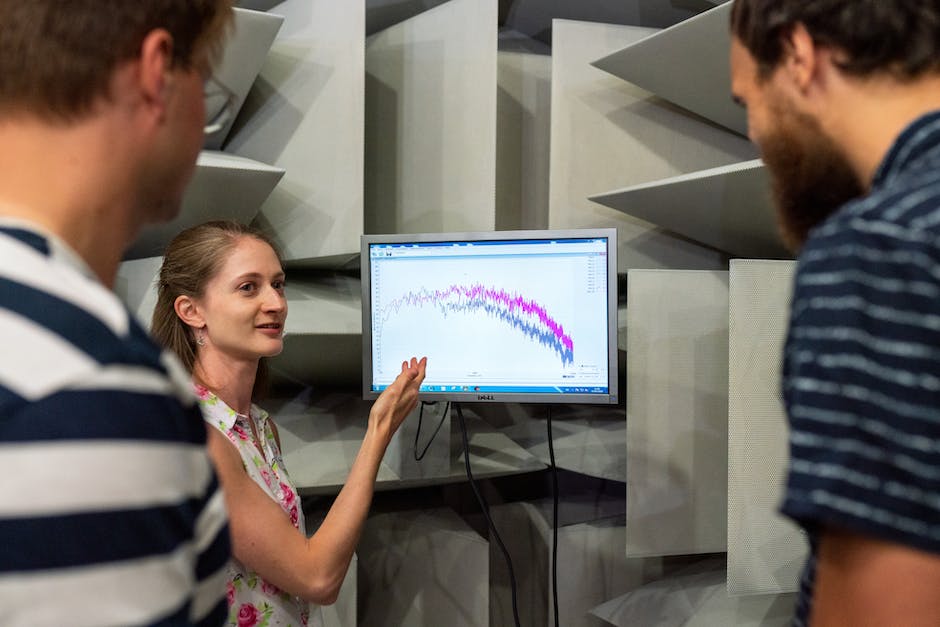Engineering, a discipline that encompasses a wide array of specialized fields, necessitates a high level of precision and clarity in planning, particularly when it comes to prospective projects. Whether it’s the creation of innovative software, the design of efficient machinery, the optimization of complex systems, or the proposal of environmental solutions, the project proposal serves as the engineering student’s blueprint for success. This essay dives deep into the intricate tapestry of creating a comprehensive project proposal, which covers a multitude of areas—from understanding the concept and significance of a project proposal, to the identification and articulation of a research problem, all the way through to the formulation of an organized work plan and the devising of a feasible project budget.
Understanding Project Proposals
Understanding Project Proposals for Engineering Students
A project proposal is a document that engineers use to outline their plans for a specific project. It clearly delineates what is to be done, why it is to be done, and how it is to be done. Essentially a project proposal is to “sell” the project—to convince the right individuals that it should be implemented.
Being a significant part of a final year engineering project, the project proposal is often a prerequisite for graduation and serves as evidence of a student’s ability to solve problems professionally. It reflects the student’s grasp of the subject matter, the technical skills learned, and the ability to communicate effectively.
Purpose and Importance of a Project Proposal
The purpose of an engineering project proposal is to clearly communicate the specifics of the project. It contains technical details that explain the project’s feasibility, its objectives, methodology, timeline, and budget. The proposal should be convincing enough to get approval for the project and secure necessary resources.
The importance of project proposals can’t be underestimated. It not only facilitates learning but also trains the students in solving real-world engineering problems—an essential skill in their professional career. The project is also used to evaluate a student’s comprehension of their chosen field, as it includes preliminary designs, calculations, and simulations if necessary, in a comprehensive manner.
Structure and Key Components of a Project Proposal
An effective project proposal follows a specific structure, and it usually includes the following components:
- Title: This should be succinct but should accurately portray what the project will entail.
- Introduction: This section not only introduces your project but also discusses the problem you are addressing and why it is relevant in today’s society. It should arouse interest and provoke thought within the reader.
- Objectives: Clearly state what you hope to achieve with your project. Do not forget to present the metrics or conditions that will mean success for your project.
- Methodology: This part contains a detailed explanation of how the project will be carried out. It should include project milestones, activities, and anticipated timelines.
- Cost and Resources: The feasibility and practicality of successfully carrying out the project are assessed here. Be sure to estimate accurately the cost and resources needed to complete your project.
- Conclusion: Here, you summarize and emphasize your points, showing the reader the value of your project and what can be accomplished when it is carried out effectively.
Role of Project Proposals in Education and Profession
In many academic scenarios, particularly in engineering studies, project proposals are utilized as effective tools for teaching students about the complexities of project planning and implementation, practically applying the theoretical knowledge obtained throughout their course.
In a professional context, these project proposals obtain a more tangible form, used to lay out the necessary steps to tackle an issue or invent something innovative. This requires individuals to articulate the project’s goals, justify the needed resources and budget, and sketch a detailed plan leading to the project’s finalization. The abilities nurtured during their university days while creating project proposals become extremely beneficial in their professional lives, enabling them to efficiently communicate, plan, and conduct engineering projects.

Identifying and Articulating a Research Issue
Formulating a Relevant Research Query
When preparing for their final year project proposals, engineering students are expected to discern and express a research topic pertinent to their chosen field of study. This typically involves recognizing a particular engineering concern, identifying a significant problem that the project could potentially solve, and creating a precise problem statement. The main goals of these project proposals are not restricted to merely addressing the identified issue but also extend to enriching the existing compendium of literature and expanding the field of engineering knowledge.
Defining Research Objectives
Firstly, defining the research objectives is a crucial step in the process, as it clearly elucidates what the project aims to achieve. These objectives should be specific, measurable, achievable, relevant, and time-based (SMART). For instance, in a civil engineering project, the objective could be “To design an environmentally friendly, cost-effective, and durable solution for bridge construction using recycled materials within a one-year timeframe.”
Formulating Research Questions
Following the setting of research objectives, students must formulate research questions that guide the project’s investigation. This could be something like “How can one leverage recycled materials in bridge construction without compromising the structure’s stability?” These questions need not be too broad or too vague – they should focus on the specific engineering issue at hand.
The Craft of a Compelling Problem Statement
Crafting a precise and compelling problem statement is another vital step. A well-articulated problem statement clearly describes the existing issue, its impact, and the proposed solution. For example, “Current bridge construction methods are not environmentally friendly, often expensive and may not be sustainable in the long run. This project investigates the use of recycled materials as a potential cost-effective, durable and greener alternative.”
Literature Review and Its Significance
Lastly, conducting a literature review is an initial step in identifying a research problem. Here, students review and analyze previous studies related to their chosen topic. This aids in understanding the existing solutions, their drawbacks, and thereby helps to identify gaps that their project could fill. A well-conducted literature review should include relevant theories, models, case studies, and findings from both recent and seminal works in the field.
Conclusion
When engineering students build their final year project proposals, they are tasked with pinpointing and detailing a research problem, defining clear objectives, forging relevant and targeted research questions, fashioning a hard-hitting problem statement, and undertaking a thorough literature review. The primary target here extends beyond mere problem-solving – they are also expected to offer fresh perspectives and novel insights to the larger engineering discipline.

Selecting Suitable Methodologies and Techniques
Embracing Appropriate Methodologies and Models for Engineering Endeavors
One cannot overlook the importance of embracing suitable methodologies and techniques in the formulation of a final year project proposal for engineering students. This vital section lucidly articulates how the project will unfold, along with the techniques deployed to achieve the objectives. Providing precise details in this segment is instrumental in ensuring the project objectives are realized effectively and efficiently.
Final year project proposals traditionally incorporate various research methodologies, each characteristic of engineering projects. These methodologies may be quantitative in nature, emphasizing numerical and statistical evaluation, or qualitative, which centers on grasping ideas, theories, and phenomena. Determining the perfect fit in terms of methodology largely depends on the specific engineering discipline in question.
The Importance of a Detailed Methodology Section
A detailed methodology section lends credibility to a project proposal. It showcases the thought process behind the chosen project pathway and justifies why certain decisions were made. Moreover, it proves that the project is feasible to manage and execute within constraints such as time, budget, and resources. It helps project reviewers or evaluators understand the appropriateness and relevance of methods proposed, thus demonstrating the project’s potential for success and its scientific rigor.
Quantitative Research Methodologies in Engineering Projects
Quantitative research methodologies revolve around measurable data. They are most commonly used when the final year project involves the development of a new device, technology, or system. Projects like these require substantial data collection and analysis. Techniques may include analytic modeling, simulations, testing, and validation. Other prevalent engineering methodologies include:
- Experimentation: This involves conducting experiments and analyzing the results to test a hypothesis or theory.
- Survey research: Deployed when data is collected from a particular group to draw conclusions or make predictions about the population.
- Computer simulation: Useful when actual experimentation is too costly or dangerous.
Qualitative Research Methodologies in Engineering Projects
Qualitative research methodologies are typically employed when the project’s objective is to explore a particular topic or issue, generate ideas, or understand perceptions, opinions, and experiences. Some common techniques for gathering qualitative data are:
- Case Studies: These are an in-depth investigation of a single individual, group, or event.
- Interviews: One-to-one interviews or group interviews can be conducted to collect qualitative data.
- Observational Research: This involves the collection of data through observation and recording, usually performed in the natural setting of the participants.
The decision to utilize quantitative, qualitative research methods, or a blend of both in a final year engineering project is heavily dependent on the nature of the project, along with the questions it aims to address. The methodology section is a vital component of any project, as it gives comprehensive insights into your planned research methods. It also illustrates the reasons behind adopting certain methodologies. Thus, making an informed choice of research methods and techniques is imperative for any final year project proposal.

Creating a Comprehensive Work Plan
Building a Successful Final Year Project Proposal for Engineering Students
Engineering students are expected to complete a final year project as a demonstration of the application of their learned knowledge and skills. This project involves determining a practical issue in their area of study and offering a solution. The first step of this project requires students to create an exhaustive project proposal.
This proposal acts as a strategic guide for your project, detailing its purposes, methodologies, and the practical phases involved. A critical part of the proposal is an extensive work plan that will offer direction during the execution of the project.
Chalking Out a Realistic Project Timeline
A realistic and practical project timeline is the lifeblood of any engineering project. This timeline must be drawn with consideration of both the duration of each substantial task, as well as the entire project duration. The timeline should include all stages of the project, such as the problem identification phase, literature review, designing and implementing solutions, and evaluation and documentation stages.
When setting the project timeline, it’s important to keep in mind complexity and interdependencies of tasks, as well as potential roadblocks which may arise. Engineering students should consider the nature of their project, their project resources, and deadlines given by their educational institution.
Setting Measurable Milestones
Setting well-defined, measurable milestones is an effective way to track the progress of the project. Examples of milestones for an engineering project could include the completion of the project design, running and analyzing simulations, fabricating a prototype, initiating and concluding tests, and finishing the final project report. Using milestones ensures continuous forward momentum, providing motivation and identifiable goals for each part of the project.
Predicting Potential Challenges and Proposing Alternative Strategies
Along with a forward-thinking plan, a good project proposal also acknowledges potential challenges and roadblocks. Engineering students should anticipate potential problems, such as technical difficulties, resource availability, or project execution issues and propose alternative strategies to overcome them. This does not only demonstrate foresight but also flexibility and preparedness to adapt.
Tools and Strategies for Project Management and Organization
Sound project management and organization are essential to keeping an engineering project on track. A variety of tools exist, such as Gantt charts and network diagrams, which can help visualize the project timeline and the interrelationships of tasks.
Furthermore, project management software like Microsoft Project or Trello can aid in task tracking, collaboration, and resource allocation. Communication tools like Slack or Microsoft Teams can also be invaluable for coordinating team efforts.
The importance of a final year project proposal for engineering students cannot be overstated. More than just a prerequisite for graduation, it presents a platform to showcase their accumulated knowledge and skills. It offers the opportunity to solve real-world challenges and to acquire essential project management skills. It’s therefore pivotal that students craft a well-rounded work plan within the project proposal, kick-starting their journey towards a successful final year project.

Designing an Appropriate Funding Budget
Constructing a Realistic Funding Budget for Engineering Projects
A pivotal part of successful engineering projects is an accurately devised budget. Particularly when it comes to final year project proposals, students are expected to present precise estimates of project-related expenses, explain and validate the budget, and identify potential sources of funding. Such crucial details are thoroughly discussed in this segment.
Estimating Project Costs
The first step in creating a budget for an engineering project proposal is to accurately estimate the project costs. Students should start by determining the necessary resources, such as equipment, materials, and labor, needed to complete the project. Each resource should be quantified in terms of cost, quantity, and duration. Costs may include direct costs (those directly attributable to the project such as equipment and materials), indirect costs (overheads like utilities), and personnel costs (salaries for the team working on the project).
Other considerations may include possible contingencies for unexpected costs and inflationary adjustments if the project spans over a long duration. Software tools like Microsoft Project can be helpful for this process.
Crafting Budget Justification
The budget justification is a critical part of the project proposal where students need to provide a detailed explanation of each item in the budget. This section should clearly convey the necessity of the resources being requested and how their costings were derived.
For example, if a piece of lab equipment is needed, the justification should specify the type of tests the equipment will conduct and how these tests will support the project’s objectives. Also, if personnel costs are included, the budget justification should specify the role of the members and their expertise.
Identifying Potential Funding Sources
A crucial part of creating an appropriate funding budget is identifying potential funding sources. This can be either internal or external. Internal sources might come from the university or other academic institution while external sources may include government grants, private corporations, or non-profit organizations that fund scientific research or engineering projects.
Whichever the case, students should clearly understand the stipulations that come with each funding source. Some funders require cost-sharing or matching funds from the institution or student. Also, the timeline for securing funds can greatly affect the project schedule.
In conclusion
In conclusion, preparing a funding budget for an engineering project proposal requires careful consideration and detailed planning. Understanding the costs, justifying the budget and identifying potential funding sources are the three crucial stages in this process which could significantly contribute to the project’s success. With the right level of attention to detail and due diligence, students can adequately design an appropriate funding budget for their final year project proposals.

Having an in-depth understanding of these areas not only helps engineering students formulate a comprehensive and persuasive project proposal, but also equips them with the knowledge and skills required to successfully conduct their proposed projects. More importantly, it empowers them to make valuable contributions to the field of engineering and to society as a whole. Undoubtedly, equipping oneself with knowledge on how to craft compelling engineering project proposals is instrumental in making waves within the discipline – initiating projects that may potentially pioneer innovative solutions and breakthroughs in the world of engineering.